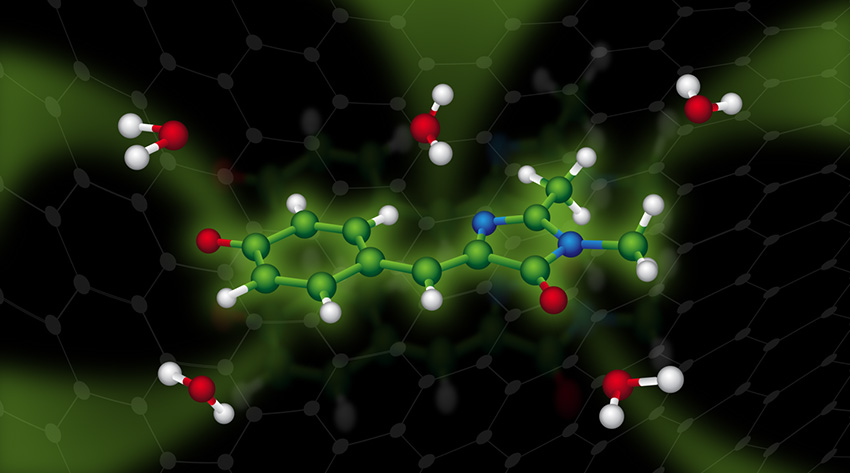
New Insight on a Familiar Glow
A new approach to investigating green fluorescent protein provides a vital tool for unraveling molecular-level details of processes important in biology and light harvesting for energy use.

A new approach to investigating green fluorescent protein provides a vital tool for unraveling molecular-level details of processes important in biology and light harvesting for energy use.
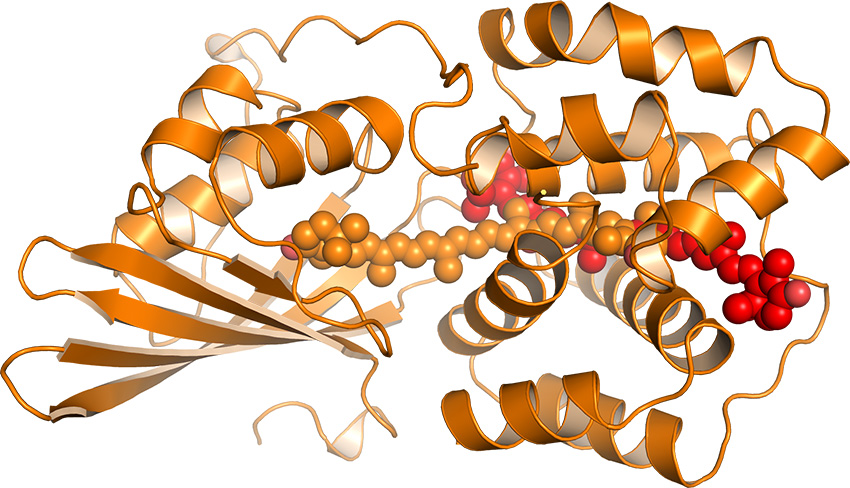
Molecular movements triggered by light redirect the flow of energy through photosynthetic cells to protect them from sun damage.

Reactions with this extremely rare element could reveal previously unknown trends, benefiting studies of new nuclear reactor fuels.
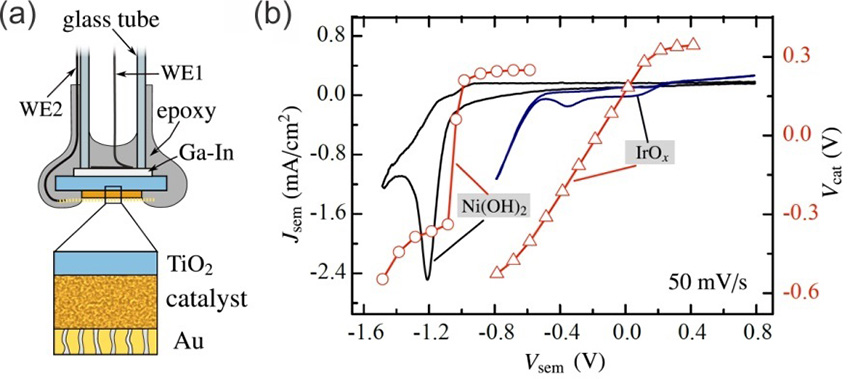
A novel technique allows new insight into the barriers to fuel evolution.
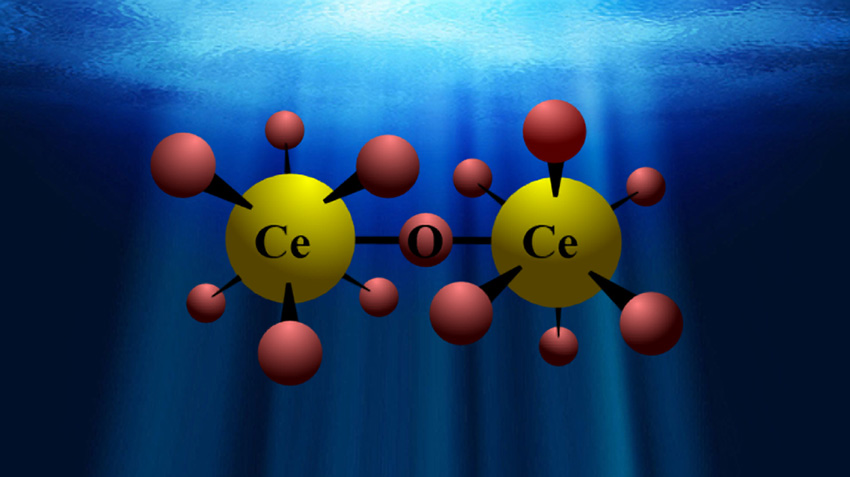
Elucidating Cerium Solution Chemistry
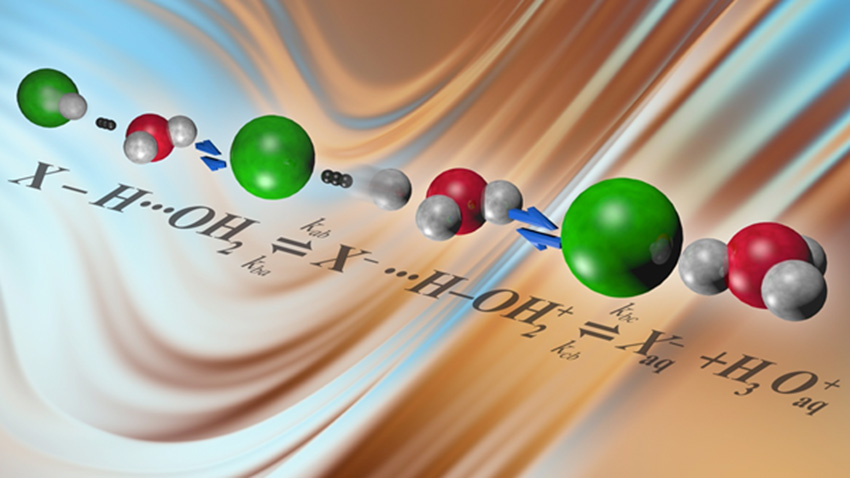
Study changes perception on how acids behave in water.
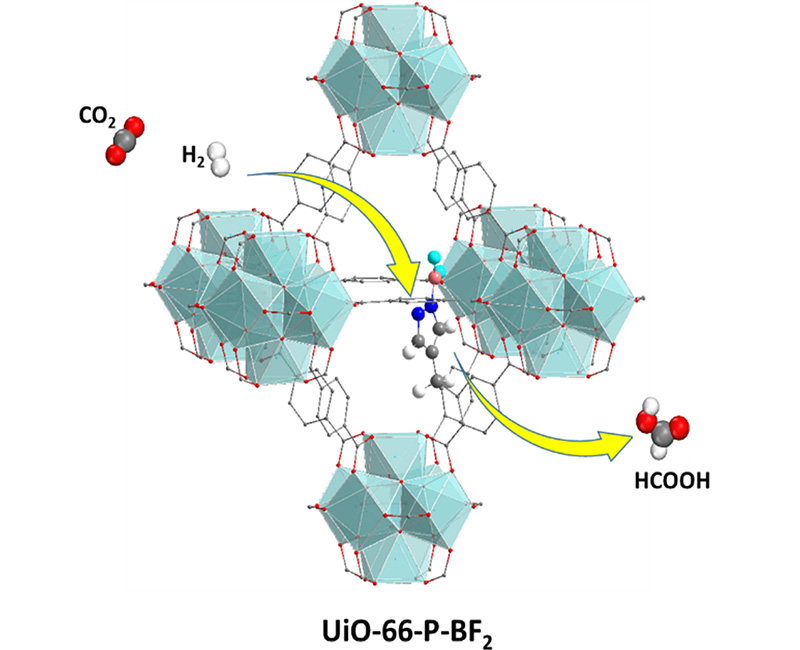
Researchers computationally design a cheap, efficient catalyst that captures carbon dioxide and creates a chemical building block.
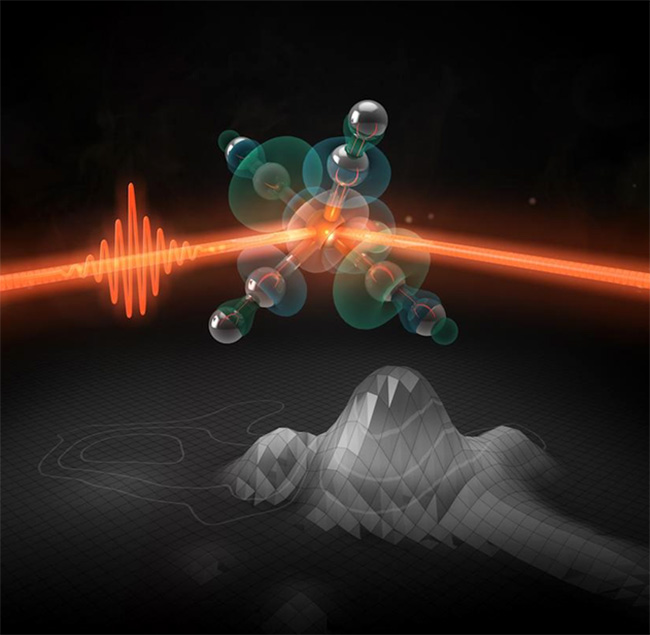
First-of-its-kind measurements provide insights on reactions that could one day turn sunlight and water into fuels.
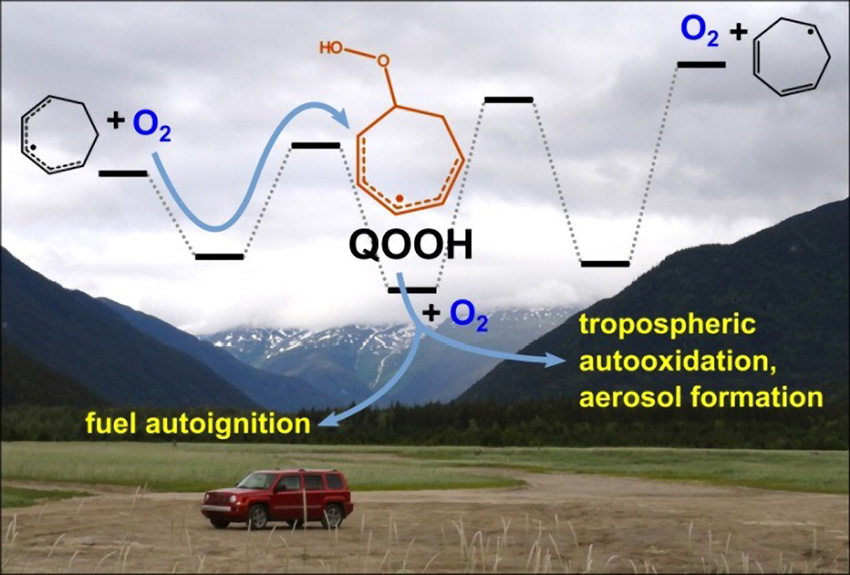
Direct measurement of an elusive but critical combustion molecule leads to more accurate models of ignition chemistry.
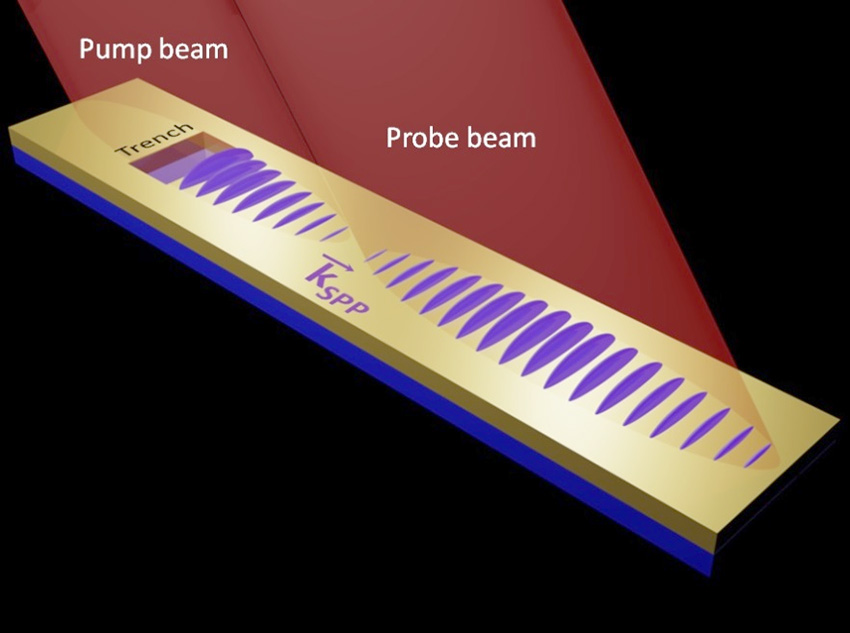
Surface plasmons move at nearly the speed of light and travel farther than expected, possibly leading to faster electronic circuits.
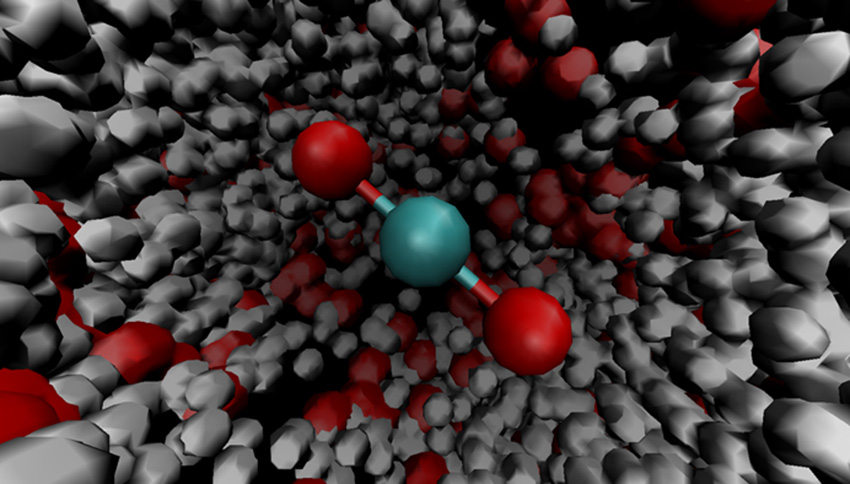
Spectroscopy combined with theory and computation determines the interaction between carbon dioxide and water.
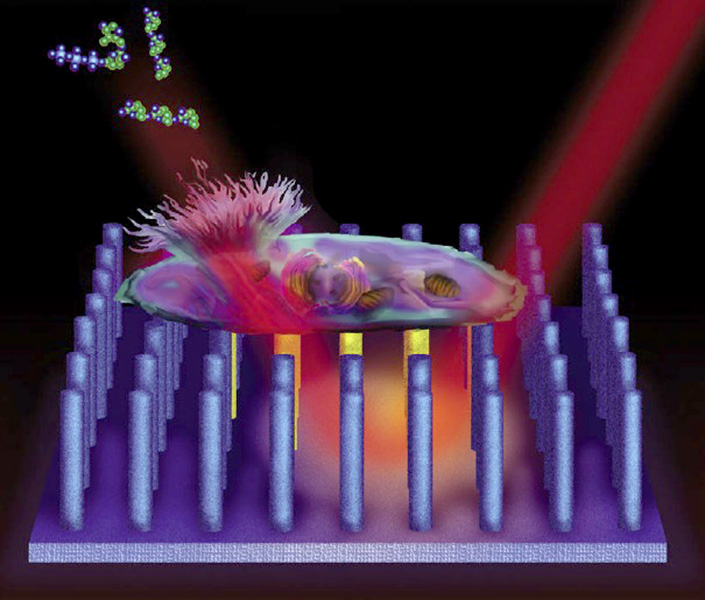
Commercialized nanopost array platform reveals metabolic changes in individual cells due to environmental stress.